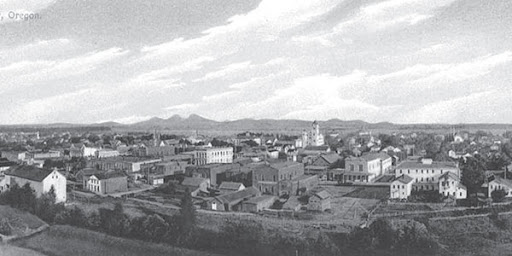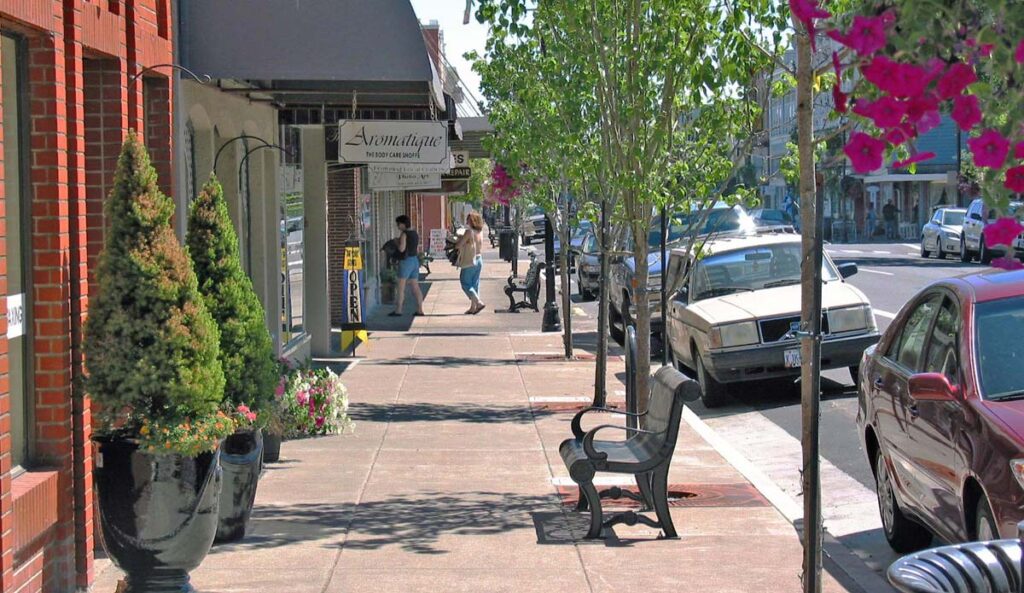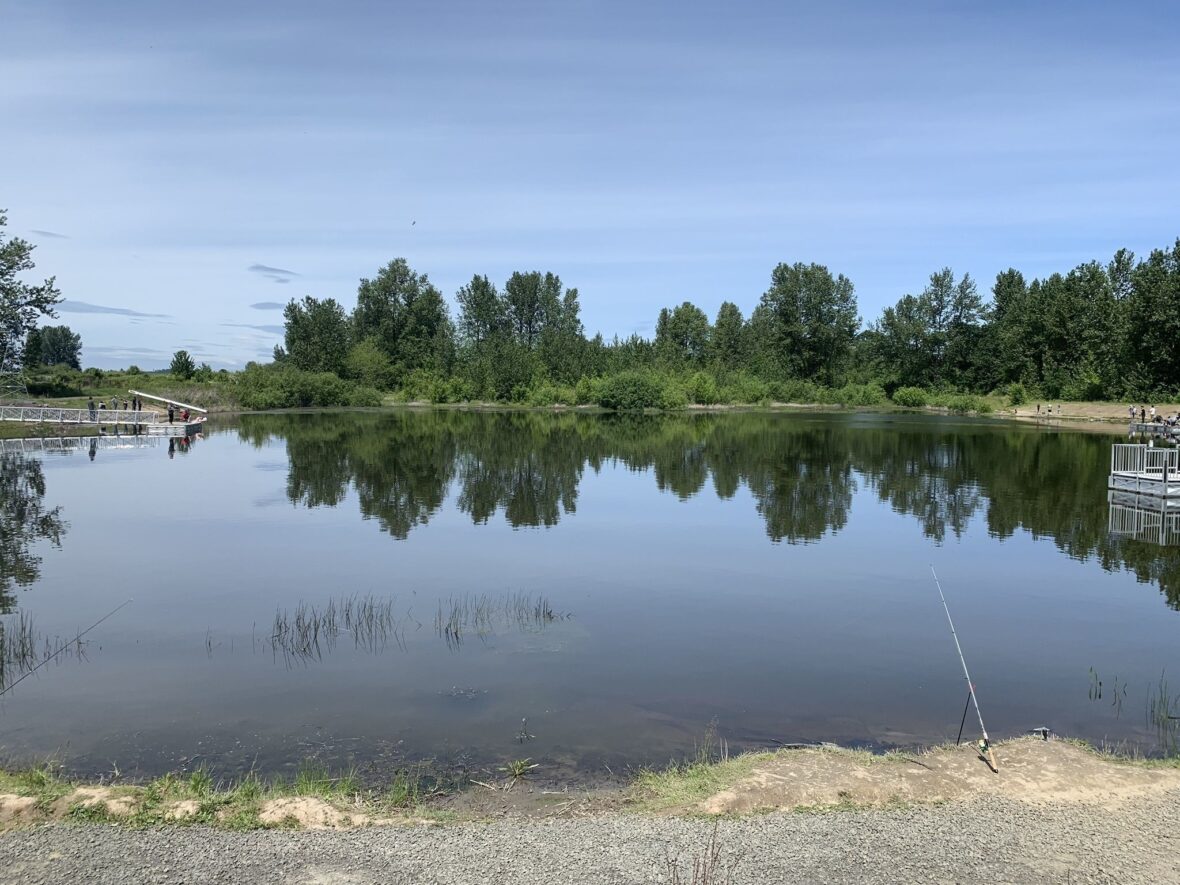Albany is the county seat of Linn County, and the 11th largest city in the U.S. state of Oregon. Take a look below for 20 interesting and fascinating facts about Albany, Oregon, United States.
1. Albany is located in the Willamette Valley at the confluence of the Calapooia River and the Willamette River in both Linn and Benton counties, just east of Corvallis and south of Salem.
2. It is predominantly a farming and manufacturing city that settlers founded around 1848.
3. As of the 2020 United States Census, the population of Albany was 56,472.
4. Albany has a home rule charter, a council–manager government, and a full-time unelected city manager.
5. The city provides the population with access to over 30 parks and trails, a senior center, and many cultural events such as the Northwest Art & Air Festival, River Rhythms, Summer Sounds and Movies at Monteith.
6. In addition to farming and manufacturing, the city’s economy depends on retail trade, health care, and social assistance.
7. In recent years the city has worked to revive the downtown shopping area, with help from the Central Albany Revitalization Area.
8. In the historic era, the area of the Willamette Valley that makes up modern-day Albany was inhabited by one of the tribes of the Kalapuya, a Penutian-speaking, Native American people.

9. The Kalapuya had named the area Takenah, a Kalapuyan word used to describe the deep pool at the confluence of the Calapooia and Willamette rivers. A variation of the place name can also be written as Tekenah.
10. The Kalapuya population in the valley was between 4,000 and 20,000 before contact with Europeans, but they suffered high mortality from new infectious diseases introduced shortly afterward.
11. The tribes were decimated by a smallpox epidemic that raged through the Pacific Northwest in 1782–83. A malaria outbreak swept through the region between 1830 and 1833. It is estimated that as many as 90 percent of the Kalapuya population died during this period.
12. That, coupled with the treaties signed during the 1850s by the Kalapuya to cede land to the United States, left the area nearly free for European Americans to settle.
13. The first European American settler arrived in 1845; Abner Hackleman was a farmer from Iowa. Taking up a land claim for himself, Hackleman asked Hiram N. Smead to hold another for him until his son arrived from Iowa. In 1846, a year after arriving in Oregon, Hackleman died while returning to Iowa to fetch his family.
14. In 1847 a pair of brothers, Walter and Thomas Monteith, settled in the area, after traveling by ox team along the Oregon Trail from their native state of New York. They were a family of early prominence in the area; in 1848, they bought a claim of 320 acres (1.3 km2) from Hiram Smead for $400 and a horse; they plotted out 60 acres (240,000 m2) for the town site.
15. They named the city “Albany” after their hometown of Albany in New York. During the same period, Hackleman’s son Abram reached his father’s original land claim and built a log house in an oak grove still known as Hackleman’s Grove. He later built a house, which still stands at the corner of Fifth and Jackson. The small settlement that formed on the Hackleman land became known as the community of Takenah in 1849.
16. During this early period, the Monteith and Hackleman families were literally and politically on opposite sides of the fence. Residents in the Monteiths’ portion of town were mainly merchants and professionals, who aligned with the Republican Party.

17. They tended to sympathize with the Union during the Civil War. The residents in Hackleman’s portion of town to the east were made up mostly of working-class Democrats who sided with the Confederacy. The two sides planted a hedge near Baker Street separating their sides of town.
18. With help from Samuel Althouse, the Monteiths built the first frame house in Albany in 1849. The Monteith House was considered the finest house in Oregon at the time.
19. That same year the start of the California Gold Rush had caught the attention of the Monteith brothers, who provided supplies to the gold fields; their profits were seed money for several new businesses in Albany, including the general store. After the Monteiths developed these businesses, Albany became a major hub city in the Willamette Valley.
20. Albany’s first school was established in 1851 by the town’s first physician, R. C. Hill. The first school teacher was Eleanor B. Hackleman, wife of Abram Hackleman.




